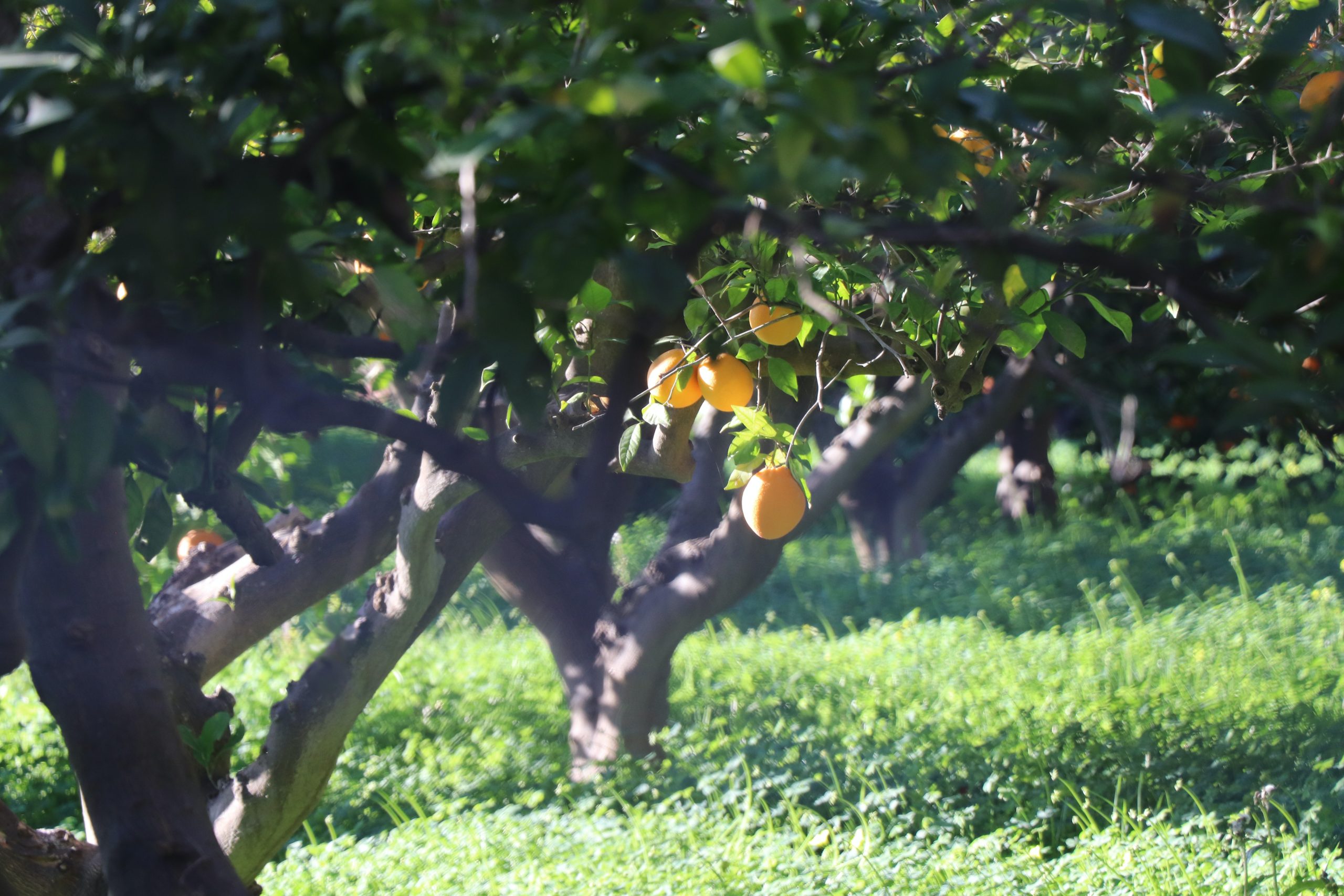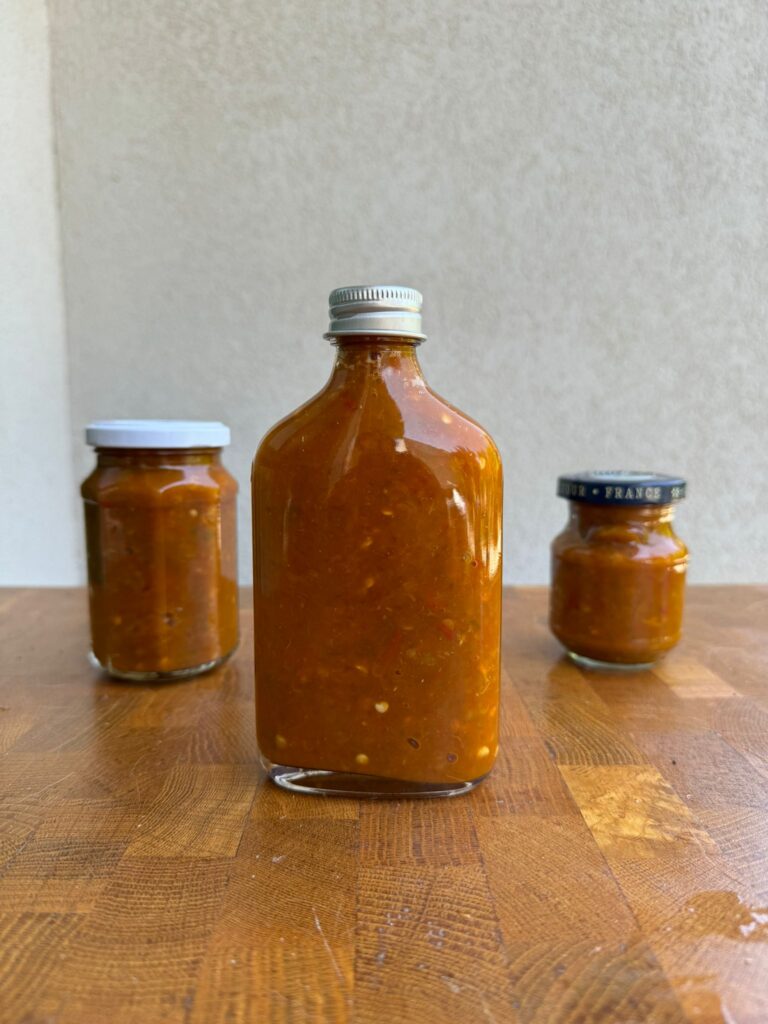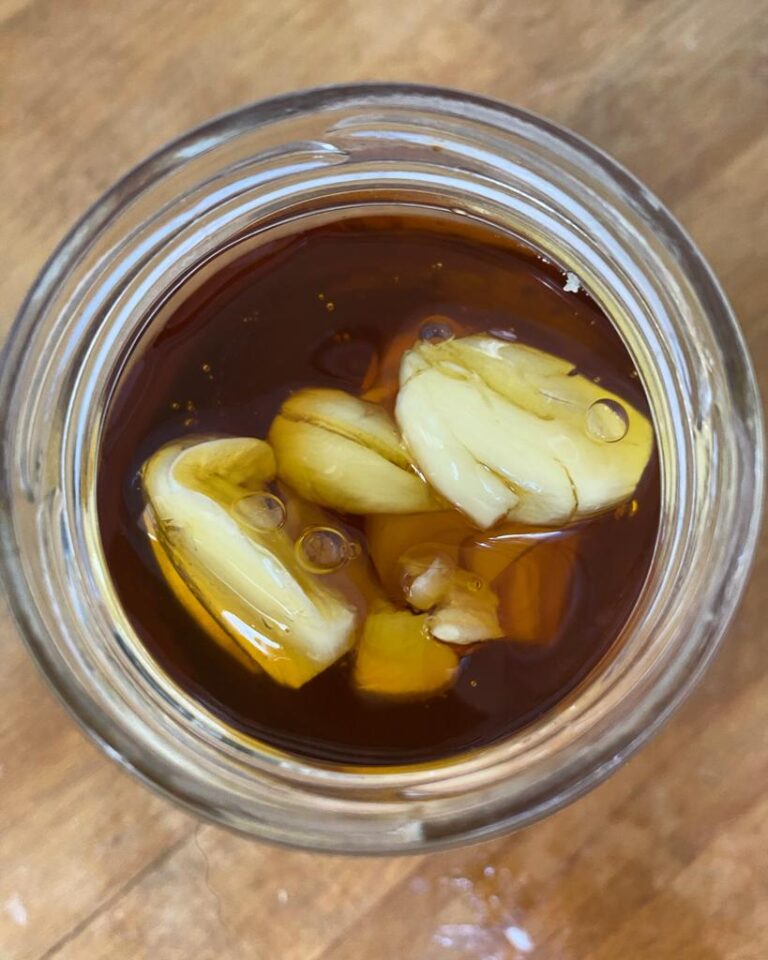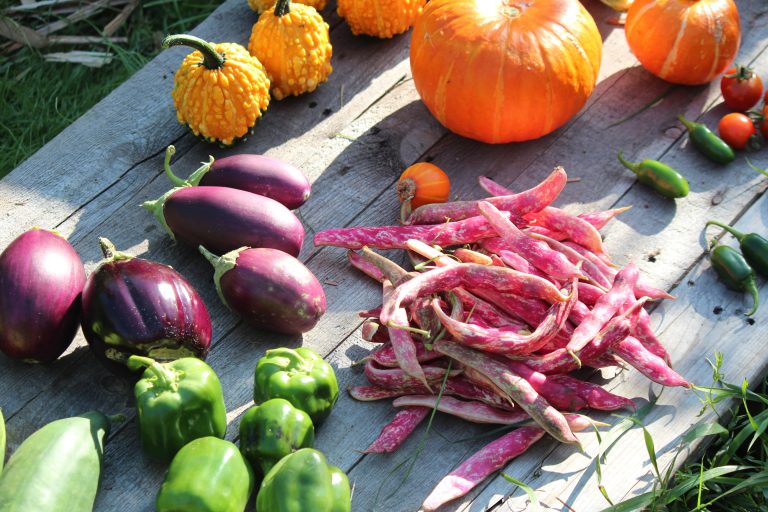Permaculture: A Revolutionary Approach to Food and Landscapes
Permaculture is a revolutionary approach to food production and landscape design that offers a sustainable way of living. It is based on the principles of ecology and is focused on creating self-sustaining, regenerative systems that reduce human impact on the environment. Permaculture is a holistic approach that includes growing food, conserving water, promoting biodiversity, and creating resilient communities. By embracing permaculture, we can develop sustainable practices for our food and landscapes that will benefit the planet and all of its inhabitants.
What is Permaculture?
Permaculture. You may have heard this buzzword being thrown around lately, but what exactly is it? Well we see it as a revolutionary approach to food and landscapes that is relevant to each and every one of us.
So, let’s start with the basics. Permaculture is a combination of two words: “permanent” and “agriculture” (or sometimes “culture”). But it’s so much more than just a fancy term for sustainable farming.
Permaculture is a way of life, a philosophy that seeks to create harmonious and sustainable systems that work in tandem with nature.
At its core, permaculture is about designing and creating sustainable ecosystems that not only provide for our needs but also regenerate and improve the land. It’s about mimicking the natural patterns and processes found in nature and using them to our advantage. By working with nature rather than against it, permaculture aims to create abundance and resilience in our food systems and landscapes.

But why should we care about permaculture?
Well, the answer is simple – because it’s relevant to everyone. Whether you’re a farmer, a gardener, or simply a consumer of food, permaculture has something to offer you. It teaches us how to work with the land, not against it, how to create self-sustaining systems that regenerate the soil, conserve water, and support biodiversity.
In a world where climate change, food insecurity, and environmental degradation are pressing issues, permaculture offers hope. It’s a roadmap towards a more sustainable and resilient future, one where we can create abundance for all while nurturing the planet. So, if you’re ready to dive deeper into the world of permaculture, join me as we explore its principles, benefits, and practical applications. It’s time to revolutionize our approach to food and landscapes.
The Principles of Permaculture
The principles of permaculture are like a guiding compass that help us navigate the complexities of designing and implementing these systems. There are several core principles that permaculturists follow, but let’s dive into some of the key ones.
First, there is the principle of observation and interaction. This involves taking the time to really understand the natural systems and processes at work in a particular area before making any changes. By observing the patterns and relationships between different elements, we can better understand how to design our systems in a way that is harmonious with nature.
Another important principle is the use of edges and value the marginal. In nature, edges are where different ecosystems or elements come together, and they tend to be the most productive and diverse areas. By creating and utilizing edges in our designs, we can maximize productivity and diversity. Similarly, by valuing the marginal, we can find hidden potential and opportunities in overlooked or underutilized areas.
One principle that I find particularly inspiring is the concept of multiple functions and multiple yields. This means that every element in a permaculture system should have multiple purposes and benefits. For example, a fruit tree not only provides delicious food, but it also provides shade, habitat for beneficial insects, and helps to prevent erosion. This approach allows us to get more out of our systems and create a more resilient and diverse landscape.
Ultimately, permaculture is a mindset that can be applied to every aspect of our lives. It encourages us to think in terms of systems, cycles, and connections, and to consider the long-term impacts of our actions. Whether you are interested in growing your own food, creating a beautiful landscape, or simply living in a more sustainable and regenerative way, permaculture offers a powerful and relevant framework that can benefit us all. So why not give it a try? You might just find that it revolutionizes the way you think about food and landscapes.
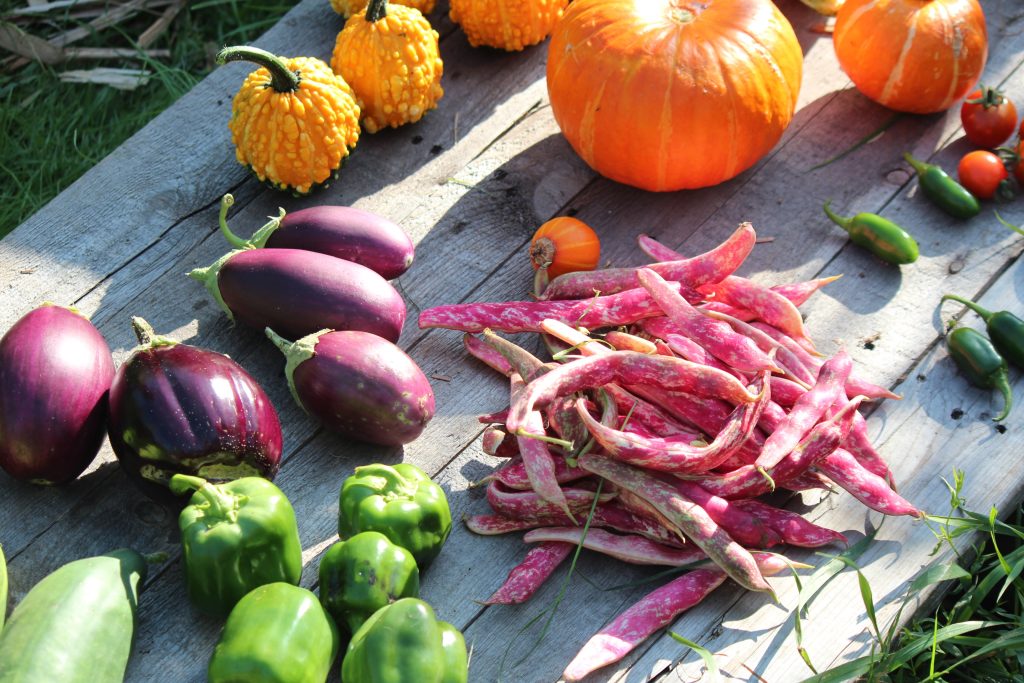
Benefits of Permaculture
Permaculture is not just a gardening technique or a way to design landscapes. It’s an approach to living that can benefit everyone, regardless of whether you have a green thumb or not. In fact, the principles of permaculture can be applied to various aspects of our lives, from the way we produce our food to the way we design our homes and communities.
So, what are the benefits of embracing permaculture in our lives? Well, let’s start with the obvious one: sustainability. Permaculture focuses on creating self-sustaining systems that work with nature rather than against it. By following the principles of permaculture, we can reduce our reliance on external inputs like synthetic fertilizers and pesticides, and instead, create ecosystems that thrive on their own. This not only benefits the environment but also ensures that we have a steady supply of nutritious food and resources for years to come.
Permaculture also promotes diversity. In nature, diversity is the key to resilience. By creating diverse ecosystems in our gardens and landscapes, we can increase their ability to adapt to changing conditions and withstand pests and diseases. This means less reliance on chemicals and more resilience in the face of climate change.
Another benefit of permaculture is community building. Permaculture encourages sharing resources, knowledge, and labor. By working together with our neighbors and creating community gardens or food forests, we not only strengthen our local food systems but also build stronger and more connected communities.
Lastly, permaculture can be incredibly empowering. By learning how to work with nature and create self-sustaining systems, we become more self-reliant and less dependent on external inputs. We gain the skills and knowledge to take control of our own food production and become more resilient in the face of uncertainty.
Applying Permaculture to Food Production
Permaculture, a revolutionary approach to food production, offers a sustainable and environmentally friendly solution to the growing concern of our current food system. With traditional agricultural practices causing damage to ecosystems, depleting resources, and contributing to climate change, it is essential to explore alternative methods that prioritize regenerative practices. And that’s where permaculture comes in!
The beauty of permaculture lies in its versatility and scalability. It can be applied to various types of food production, whether you have a small backyard garden, a community farm, or even a large-scale agricultural operation. By implementing permaculture techniques such as companion planting, polycultures, and stacking functions, you can create a productive and resilient food garden or farm.
What makes permaculture even more exciting is that it is not limited to rural areas or large properties. Urban permaculture is gaining popularity, with people transforming their balconies, rooftops, and small yards into flourishing edible landscapes. You don’t need vast acres of land to practice permaculture; all you need is creativity, resourcefulness, and a desire to reconnect with nature. To learn more about this read our post on How urban farming is transforming agriculture.
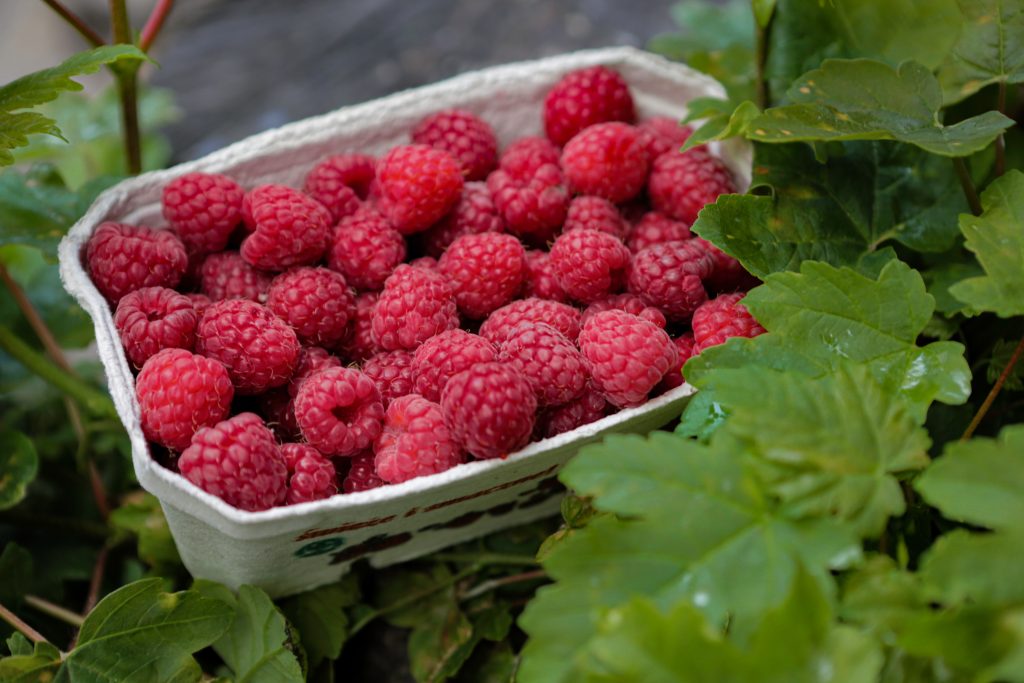
The benefits of applying permaculture to food production are vast. Not only does it provide nutritious and organic food, but it also improves soil health, conserves water, enhances biodiversity, and reduces greenhouse gas emissions. Additionally, permaculture systems are low maintenance, as they are designed to work with nature rather than against it.
So, whether you’re an avid gardener or someone looking to make a positive impact on the environment, permaculture offers an accessible and transformative approach to food production. Start small, observe nature’s patterns, experiment with different techniques, and let permaculture guide you towards a more sustainable future. Together, we can create thriving food systems that nourish both our bodies and the planet.
Permaculture in Landscaping and Design
Now, you might be wondering, what does this have to do with landscaping and design? Well, everything! Traditional landscaping often focuses on aesthetics alone, relying heavily on fertilizers, pesticides, and excessive water usage. Permaculture, on the other hand, takes into account the interactions between plants, animals, and the environment. It considers factors such as soil health, water conservation, and biodiversity.
One interesting fact about permaculture in landscaping and design is that it mimics the patterns and relationships found in natural ecosystems. By observing and understanding these patterns, permaculturists are able to create landscapes that are not only beautiful but also productive and sustainable.
So, how does permaculture make your outdoor space more relatable to you? Well, imagine having a garden that not only provides you with fresh fruits, vegetables, and herbs but also creates a habitat for beneficial insects and wildlife. Imagine a landscape that requires less maintenance, conserves water, and improves the health of your soil. Permaculture allows you to create an environment that supports your needs while also contributing to the health of the planet.
Incorporating permaculture principles into your landscaping and design can be a transformative experience. It encourages you to think beyond aesthetics and embrace the interconnectedness of nature. From creating food forests to installing rainwater harvesting systems, there are countless ways to incorporate permaculture into your outdoor space.
In the next section, we will explore how you can get started with permaculture and implement these principles in your own garden or landscape. Stay tuned for practical tips and advice on how to make your outdoor space a haven for both humans and nature.
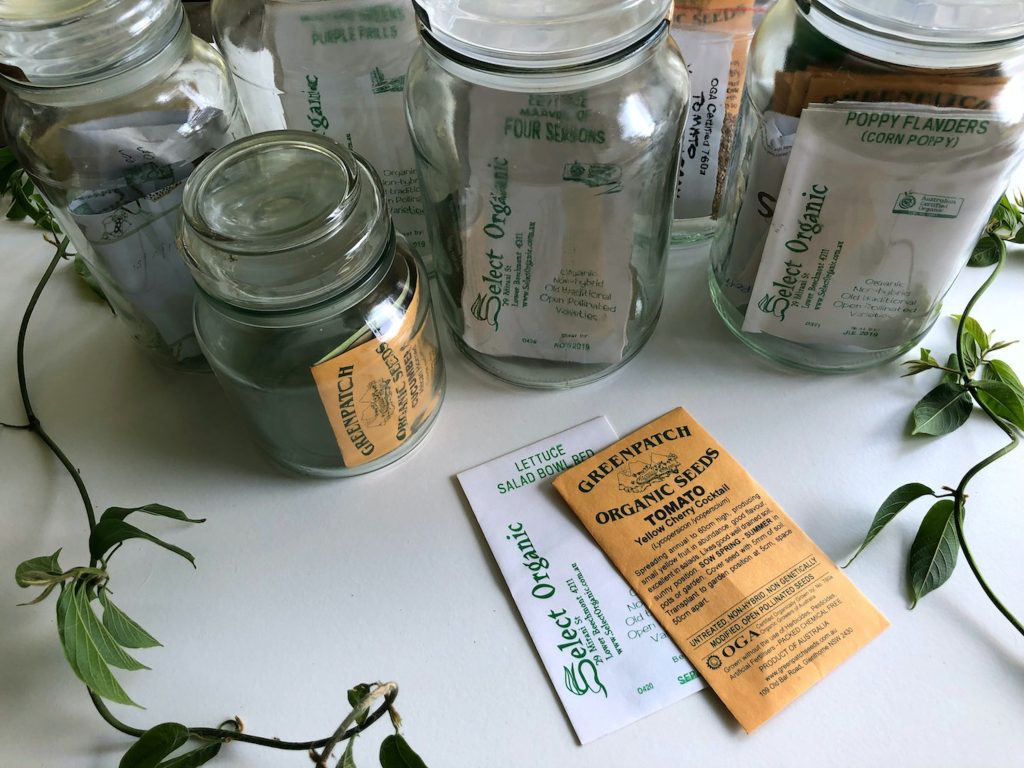
How to Get Started with Permaculture
Now that you have a better understanding of what permaculture is and the benefits it can bring to our food production and landscapes, you may be wondering how you can get started with implementing permaculture principles in your own life. Well, fear not, my friend, because I’ve got some tips and tricks to help you embark on your permaculture journey!
1) First and foremost, it’s important to educate yourself about permaculture. Read books, watch documentaries, and follow permaculture blogs (like ours? ) to gain a deeper understanding of the principles and techniques involved. This knowledge will serve as your foundation and guide as you begin implementing permaculture in your own life.
2) Next, assess your own living situation and surroundings. Take a look at your property or the area where you want to apply permaculture principles and consider its strengths and limitations. Think about the available sunlight, soil quality, water sources, and existing vegetation. This assessment will help you tailor your permaculture design to the specific needs of your space.
3) Start small and gradually expand your permaculture practices. It can be overwhelming to completely overhaul your entire property at once, so begin with one small project or area. For example, you could start by creating a small vegetable garden using permaculture techniques such as companion planting, mulching, and rainwater harvesting.
4)Connect with other like-minded individuals who are also interested in permaculture. Join local gardening clubs, attend permaculture workshops, and participate in online forums. Building a community of fellow permaculturists will provide you with support, advice, and inspiration throughout your journey.
Remember, permaculture is all about observation, experimentation, and adaptability. Embrace the process of trial and error, and don’t be afraid to make mistakes. Learning from your experiences will help you refine your permaculture practices and make them more effective over time.
We know that there is a vibrant community of permaculturists out there, ready to support and inspire you.
So, are you ready to embrace the revolutionary approach of permaculture and transform your food production and landscapes? I hope this deep dive into permaculture has sparked your curiosity and inspired you to take action. Share your thoughts and experiences in the comments below, and don’t forget to spread the word by sharing this article with your friends and family. Together, we can create a more sustainable and thriving world through permaculture.
